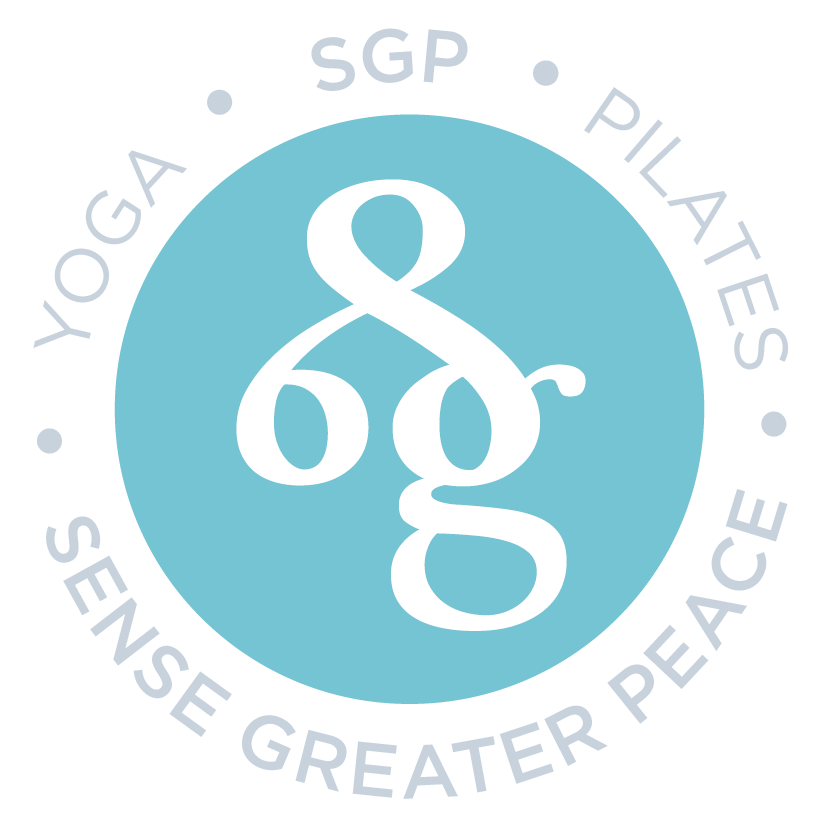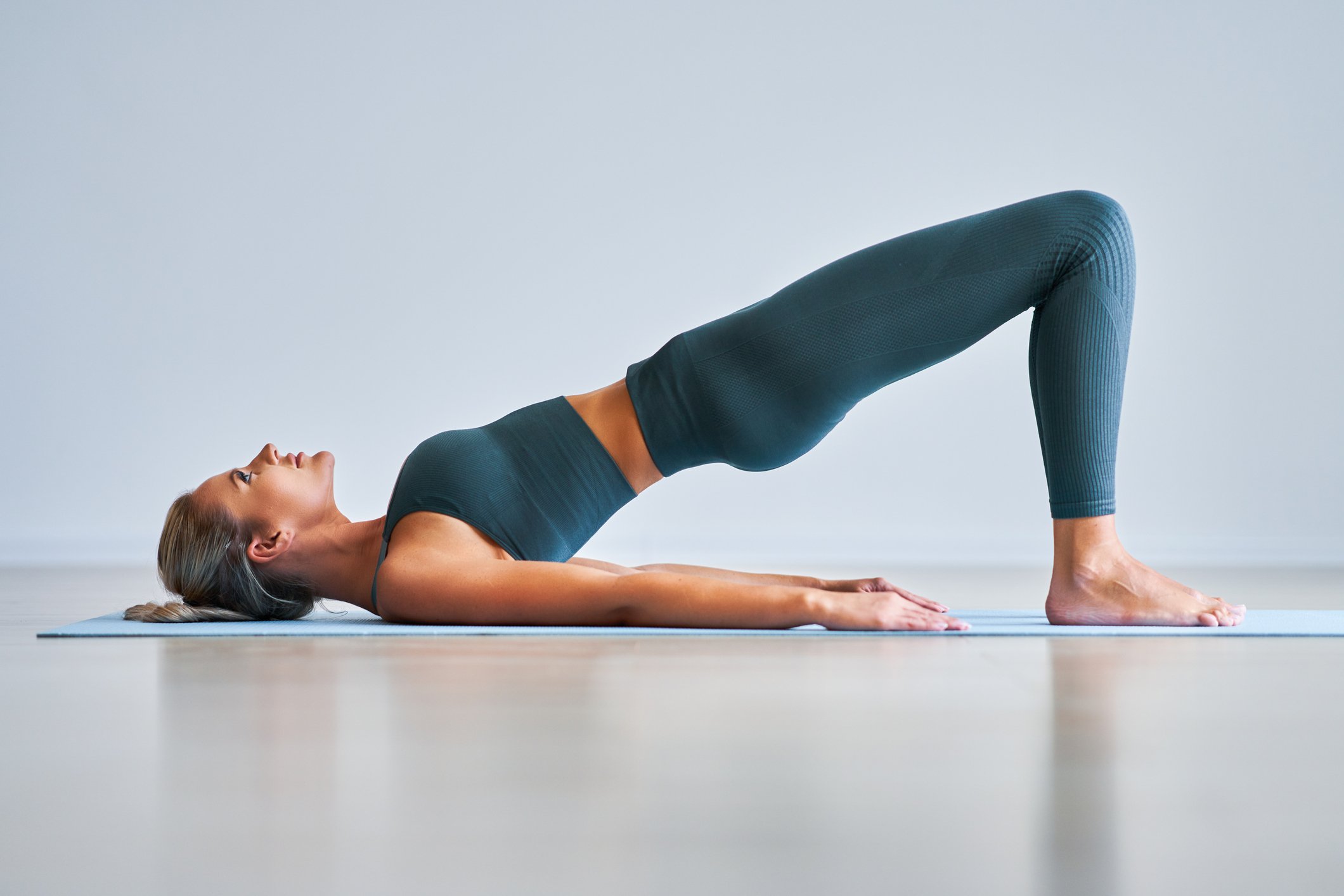Pilates: principles & neutral for beginners
First let’s talk!
Principles
Neutral Spine
A Journey Begins
Hello, dear readers,
With over three decades of teaching Pilates, from rehabilitation settings to pushing athletes to their peak performance, I've witnessed countless transformations. The power of Pilates isn't just in its ability to strengthen the core or improve flexibility, but in the deep awareness it brings to the body and mind. As you travel on this journey, remember, every expert was once a beginner.
The Foundational Principles of Pilates
Before diving into the practice, let's touch upon the six integral Pilates principles:
1. Centering: Everything originates from your core, or what Joseph Pilates calls the "powerhouse." This isn’t just about the abs, but the center of the body - encompassing the abdomen, lower back, hips, and buttocks.( keeping this simple)
2. Concentration: Every movement in Pilates is intentional. By fully engaging in each exercise with your mind, you bridge the connection between body and soul. Embodying each movement and each breath
3. Control: In Pilates, every movement is performed with intention and grace. By mastering control over our muscles, we unlock the true essence and power of each exercise. This precision not only enhances our strength and flexibility but ensures that we practice safely and effectively. For beginners, think of it as learning to dance – where every step, no matter how small, is a part of a beautifully choreographed sequence. Remember this can take time and patience, but the journey is profound and a game changer
4. Precision:Quality over quantity always. A few precise movements are far more effective than many done carelessly. That is why there are never many repetitions of a move, we challenge body parts over a series of different exercises creating a balance of how the muscles are used more functionally.
5. Breath:Your breath is your internal rhythm. Breathing correctly oxygenates the muscles and reduces tension. If you have worked with me, you will know I am very much all about the breath, but I also believe it is important as a beginner to just allow the breath to flow for know as synchronising when you are trying to learn so much may be too much for now, but if it isn’t then go for it! Flow flow flow, rythmn is key, and it can be a little like pranayama in some exercises and certain times. The breath- let’s talk about this in another blog!
6. Flow: Movements in Pilates are smooth, flowing, and graceful. Imagine you’re dancing through each exercise. We are looking for ease within the move, strength with softness!
Just a little word about neutral spine then we are ready to go!
Understanding a Neutral Spine
For someone new to Pilates, or any form of movement discipline, the term 'neutral spine' might sound a bit technical. But worry not; it’s quite straightforward once you grasp the concept.
The neutral spine is essentially the natural, gentle curve of the spine when you lie flat on your back. It isn’t pressed hard against the floor, nor is there an exaggerated arch. When in this position, there should be a small, natural space just large enough to slide a few fingers, between the lower back and the floor.
Maintaining a neutral spine is crucial because it ensures:
1. Optimal Alignment: It keeps the vertebrae and discs aligned, minimizing wear and tear.
2. Muscle Balance: A neutral spine ensures that no muscle group is overly strained or relaxed during exercises.
3. Safety: It minimises the risk of injury, especially to the lower back. As we train the core to work together like a team, not every player works in equal amount but they all do their job to give the right support, depending on the challenges given.
Remember, while many Pilates exercises call for a neutral spine, others might require imprinting or other specific spinal positions. Always ensure you understand the goal of the exercise and make necessary adjustments.
If you would like an extra help or advice, please get in touch for a one to one, in person or on a zoom call.
next week join me for a short practice
Love Sue x

